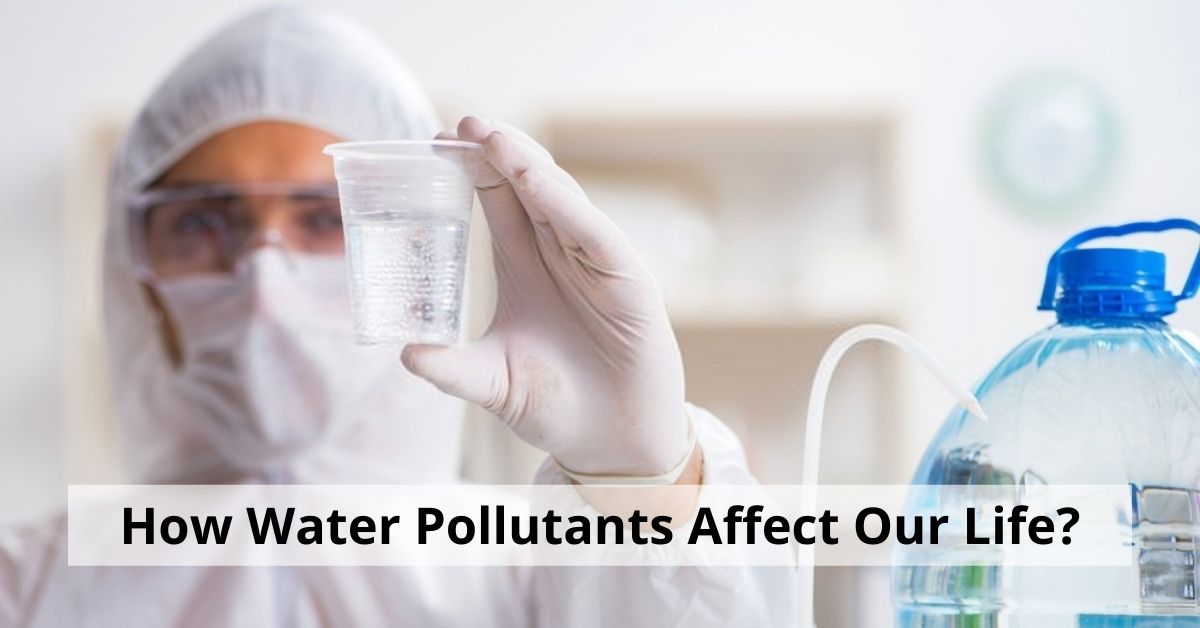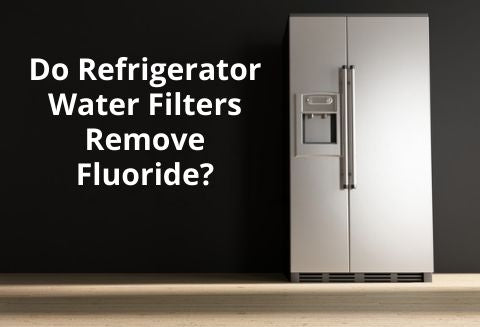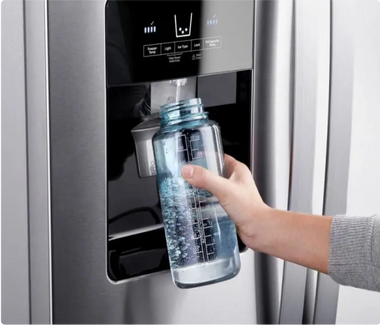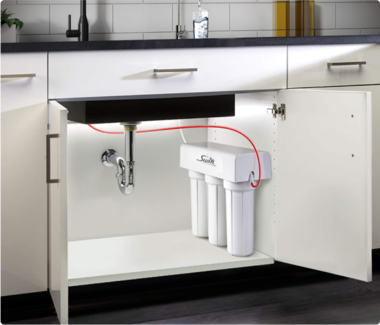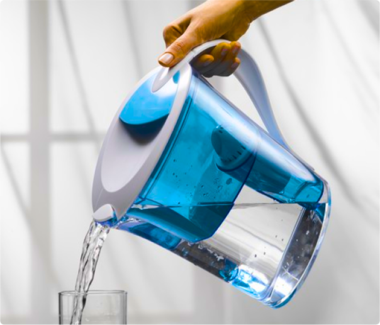How to Remove Chloramines from Water
Posted by Swift Green Filters on

How to Remove Chloramines from Water
Water is the basic amenity of life. We cannot live a single day without water. To make the water safe for users, it is treated with chlorine or chloramines. Chlorine is the most common disinfectant but now chloramines are used by many municipalities for disinfecting their water supply. In this article, you’ll have a glance at what chloramines is, why it’s added to our water, and how to remove chloramines from water using various effective techniques.
What Are Chloramines?
Chloramines are the chemical product of chlorine oxidizing nitrogen-based compounds in water. They are known as disinfectant byproducts (DBPs). Chloramines are formed when ammonia is included in water that already contains free chlorine. All DBPs are indicated as “chloramines” by many people, but that is just an oversimplification. There are mainly three types of chloramines: monochloramine, dichloramine, and trichloramine. Every other DBP (chloroform, cyanogen chloride, etc) is established by its own unique series of chemical reactions.
Why Should I Remove Chloramines From My Water?
Many of you may have this question in mind: Why should I remove chloramines from my water? Chloramines present in small amounts may not be harmful to you, but if in excess of chloramines, it could potentially cause some serious danger. Let us tell you why chloramines should be removed from water.
Skin and Eye Irritation:
There are many instances where people complain that chloramines bring physical irritation. If your eyes are red when you step out of the shower, this happens because of the presence of chloramines. Reaction from chloramines may take an hour in the pool but it takes a few minutes in the shower. The reason behind this time difference is the steam. You are in a small place when you shower. Your eyes and lungs are exposed to chloramines due to the shower heat vaporizing to steam. If you have pre-existing skin conditions such as acne or eczema, be cautious. Chloramines present in the water will result in dry, flaky skin.
Taste and Odor:
Metallic or chemical-tinge present in the taste of water is the most common complaint that people have. Many have described that their drinking water smelled or tasted like pool water, this is because of the presence of chloramines. To eliminate chloramines from water, many homeowners use refrigerator water filters. However, chloramines are still present. Very few water filters are capable of eliminating chloramines from water and swift Green Water Filters are one of them.
Is Chloramines Safe To Drink?
Water that carries chloramines and meets EPA control standards of up to 4 mg / L is safe for drinking, cooking, bathing, and other household uses, according to the U.S Environmental protection agency (EPA). Studies show that 4 mg/L of chloramines in drinking water does not cause any health issues. Public water suppliers are unlikely to be exposed to water with more than 4 mg/L of chloramines, despite strict guidelines for the water they distribute. Hemodialysis patients are an exception, through dialysis membrane chloramines can enter their bloodstream. You’d want to remove chloramines from your water supply as it has health effects on human health, aquatic plants and animals, and pipes and plumbing.
How Do You Remove Chloramines From Water?
Chloramines are used in the process of making your water cleaner. IF we compare to chlorine the chloramines remain in the water for a longer period of time. Nobody would like to just let the water set out for 48 hours to remove it. Here we will discuss all the ways to remove chloramines and make water healthy.
- Catalytic Carbon Filter: Catalytic carbon is the filtration media that can effectively decrease chloramines from drinking water. Chloramines can be easily extracted from water through catalytic carbon filtration. Catalytic carbon is activated carbon that has undergone additional treatments to improve carbon power to facilitate chemical transformation. We cannot use carbon to extract chloramines from water because carbon and chloramines combine to produce chloride. Chloride is a very dangerous substance.
- Granular Activated Carbon Filter: One proposal for a water use station (POU) would be a Granular Enacted Carbon (GAC) station. GAC channels are made of raw materials such as coconut shells, coal, and wood, and heating is used to stabilize carbon, which expands its surface area. This expanded range, combined with carbon dioxide penetration, makes it incredibly productive to retain and capture any common natural compounds, tastes, aromas, and natural chemicals formed in the passing water.
- Polyphosphate Filter: The polyphosphate channel is also proposed in the POU framework, as polyphosphate particles break down and cover chemicals such as printing presses, calcium, and magnesium to make it difficult for those technicians to stay in filtered water for separation.
- Reverse Osmosis: The posterior osmosis film alone does not actually decrease chloramines. However, receding osmosis structures are repaired with many pre-filters. The carbon in these pre-filters is able to release chloramines, as reverse osmosis prepares for gradual operation. The reversal of osmosis contaminates water one drop at a time, transferring water to a slightly porous layer that can disperse pollutants such as arsenic, salt, and boron. Refined, polluted water (called brine) is sent to deplete. The filtered water called penetrate is collected in a volume tank. After you want to get very cold, the water is not highly contaminated; it is drawn from the volume tank and transferred to your tap.
Final Words
After reading this you must know how to remove chloramines from water. Chloramines is the byproduct of chlorine that helps to reduce infections like typhoid, but it has some side effects too. It can cause skin and eye problems to humans and is also not safe for aquatic plants and animals. Therefore, it should be removed from water which can be done for many purposes, such as using different water filters. By using refrigerator water filters or other beverage water filters, you can enjoy clean and fresh drinking water and live a healthy life.
Shop By Category
Swift Green Filters offers wide variety of filtration product

This product is a compatible Replacement Water Filter.
This filter is not sourced by or sponsored by the above mentioned brands. Swift does not represent any of the above brands.
All Mentioned Brands names and part numbers have been used for reference purposes only. Swift Green Filters is an independent brand.
Swift is not responsible for damage caused by installation or equipment errors. Max liability is two times of the cost of product

We Have
Awesome Discounts
Subscribe to our newsletter to get discounts.





